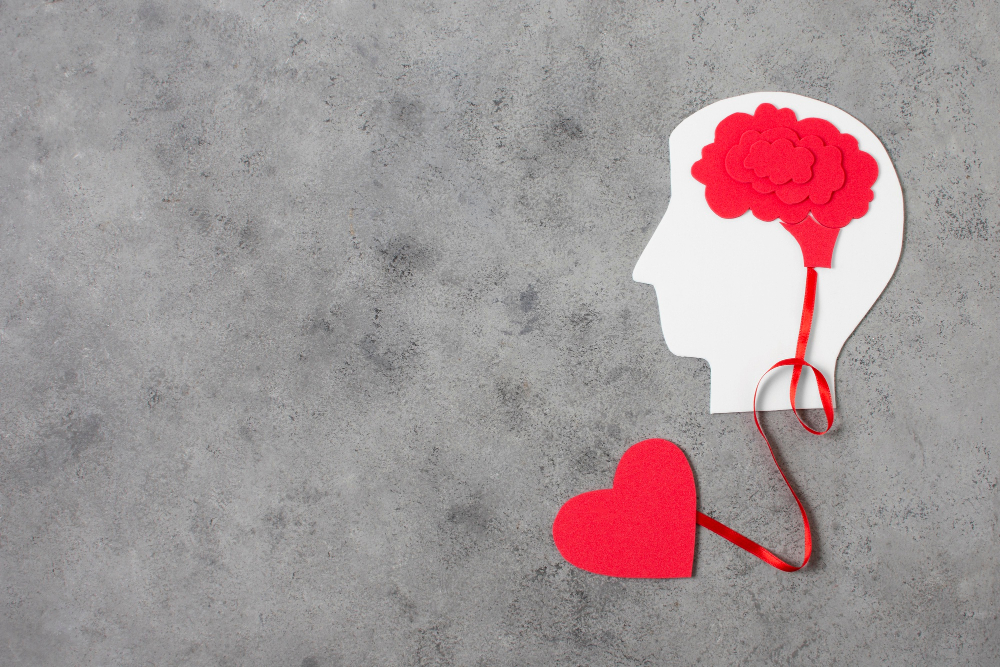Why hormonal breakouts happen

If you’ve ever found yourself battling breakouts right before your period, you’re not alone. Many women experience a frustrating surge of pimples and oily skin in the days leading up to menstruation. These are known as hormonal breakouts, and they’re a perfectly normal—though inconvenient—part of your menstrual cycle.
Let’s dive into why these hormonal breakouts happen, how your skin changes throughout your cycle, and what you can do to care for your skin during this time.
The Menstrual Cycle & Hormones: A Quick Overview
Your menstrual cycle is governed by hormones—primarily estrogen, progesterone, and testosterone. These hormones rise and fall throughout the month, influencing not only your mood and energy levels but also your skin and hair.
Here’s a simple breakdown:
-
Follicular Phase (Day 1–14): Estrogen starts to rise, and your skin often looks clearer and more radiant.
-
Ovulation (Around Day 14): Estrogen peaks; skin tends to glow.
-
Luteal Phase (Day 15–28): Progesterone rises, testosterone remains, and skin oil production increases.
-
Menstruation (Day 1 of your next cycle): Hormones drop, skin might feel dry or sensitive.
So, Why Do Hormonal Breakouts Happen?
Hormonal breakouts usually occur during the luteal phase—after ovulation and before your period begins. Here's why:
1. Increased Sebum Production
As estrogen drops and progesterone and testosterone levels rise, your skin’s sebaceous (oil) glands become more active. This leads to:
-
Excess oil (sebum) on the skin
-
Clogged pores
-
Ideal conditions for acne-causing bacteria
Result? Breakouts, especially on the lower face, jawline, chin, and neck.
2. Inflammation Spikes
Your body might experience a minor immune system dip during PMS, which makes inflammation worse. If you already have clogged pores, this can lead to red, inflamed pimples or cystic acne.
3. Water Retention & Puffiness
Hormonal shifts can cause fluid retention, which makes your skin look puffier and pores more noticeable, contributing to a congested complexion.
4. Stress & Cortisol
Premenstrual stress may increase your cortisol levels (the stress hormone), which can trigger more oil production and further aggravate your breakouts.
How to Manage Hormonal Breakouts
Understanding your cycle is the first step. When you track your period, you can anticipate breakouts and adjust your skincare accordingly.
Here are a few tips to help:
✅ Adjust Your Skincare Routine
-
Use salicylic acid or benzoyl peroxide products 7–10 days before your period.
-
Stick to oil-free or non-comedogenic moisturizers.
-
Don’t skip sunscreen—it helps prevent post-acne marks.
✅ Hydrate & Eat Clean
-
Drink plenty of water.
-
Cut back on sugar and dairy, which can trigger acne in some people.
✅ Keep Hair Away from Face
-
Hair products can contribute to clogged pores, especially around the jawline.
✅ Hands Off
-
Avoid touching or picking at your face. This spreads bacteria and worsens breakouts.
When to See a Dermatologist
If hormonal breakouts become severe, painful, or cystic, you might benefit from:
-
Prescription topical treatments
-
Hormonal therapy (like birth control or spironolactone)
-
Lifestyle or diet changes recommended by a healthcare provider
Final Thoughts
Hormonal breakouts are frustrating but completely natural. They are simply your body responding to the ebb and flow of your cycle’s hormones. By understanding these changes and adjusting your daily skincare routine accordingly, you can reduce their severity—and even prevent some altogether.
Pro Tip: Keep a cycle-tracking app or journal to note when your skin starts to act up. With time, you’ll be able to prepare your skincare like clockwork!
Related Articles

Staying hydrated to ease cramps

10 Ways to Improve Your Mental Health Today

Journaling your thoughts

Warning signs to watch out for

How hormones change across your cycle

Is it safe to exercise?

How pregnancy affects intimacy

Understanding pregnancy emotions